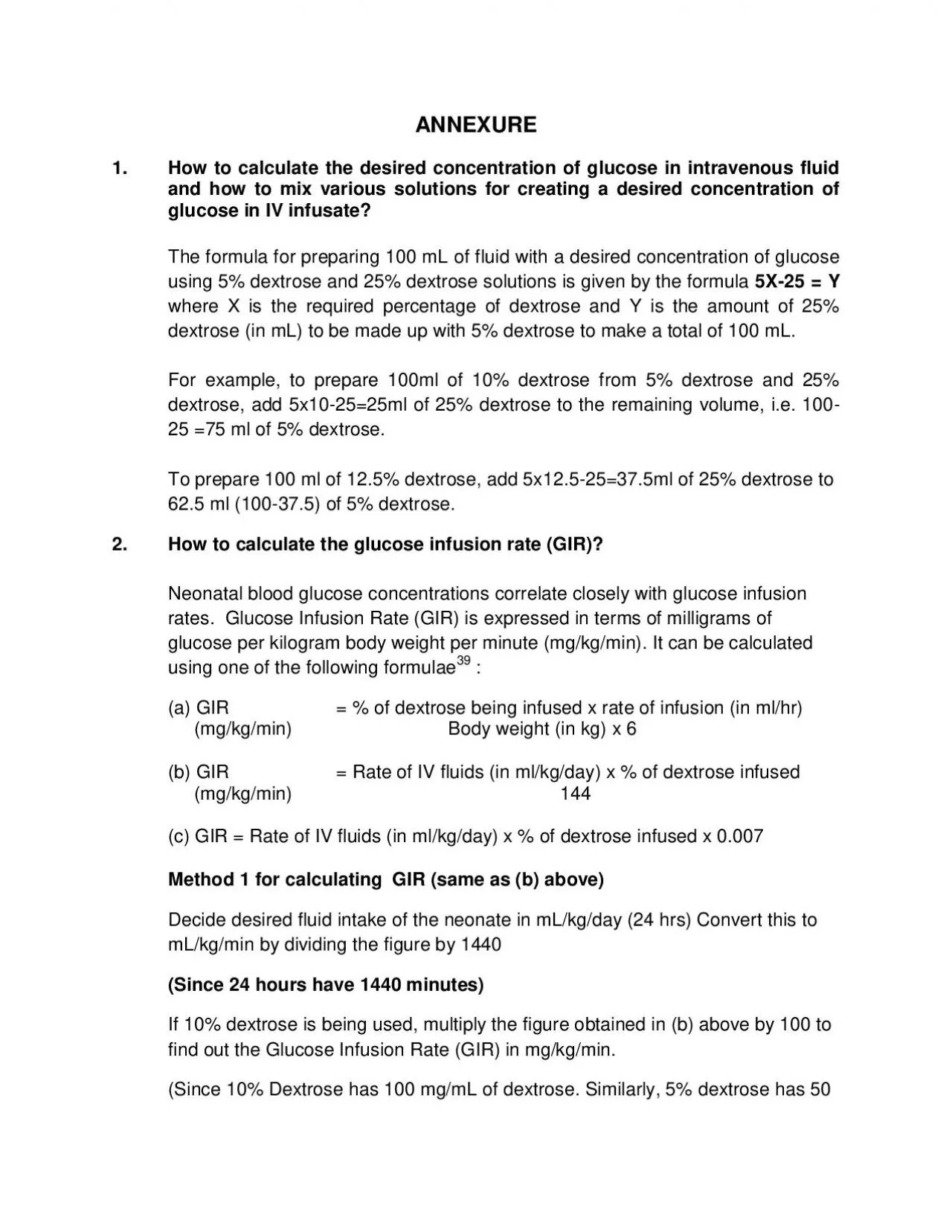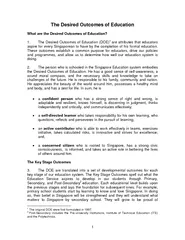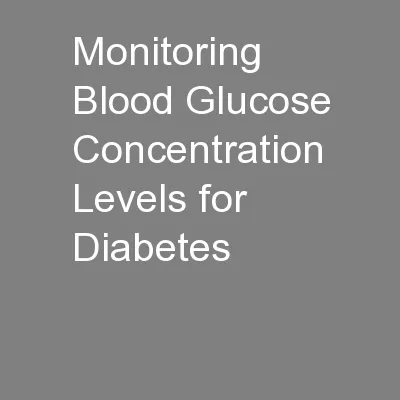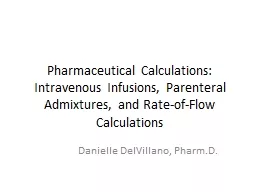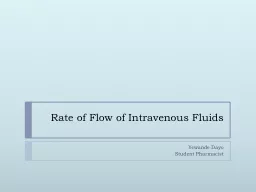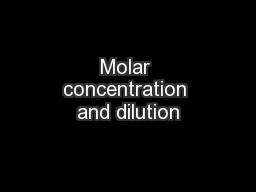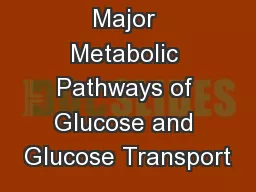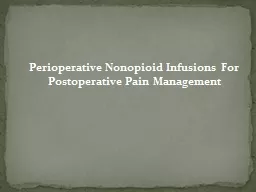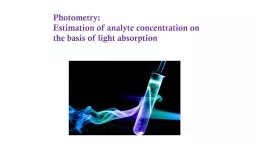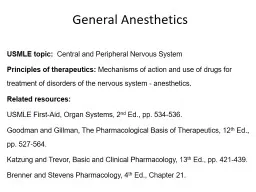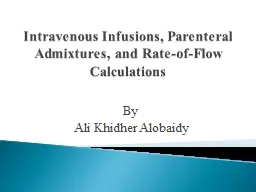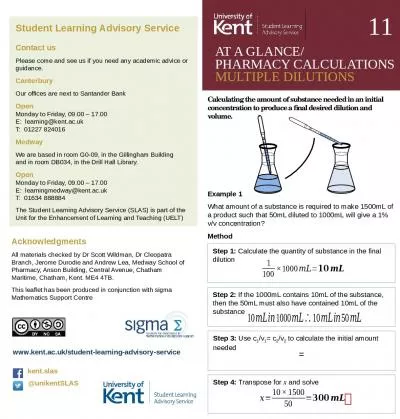PDF-How to calculate the desired concentration of glucose in intravenous f
Author : violet | Published Date : 2022-09-02
ANNEXURE 1 and how to mix various solutions for creating a desired concentration of glucose in IV infusate The formula for preparing 100 mL of fluid with a desired
Presentation Embed Code
Download Presentation
Download Presentation The PPT/PDF document "How to calculate the desired concentrati..." is the property of its rightful owner. Permission is granted to download and print the materials on this website for personal, non-commercial use only, and to display it on your personal computer provided you do not modify the materials and that you retain all copyright notices contained in the materials. By downloading content from our website, you accept the terms of this agreement.
How to calculate the desired concentration of glucose in intravenous f: Transcript
Download Rules Of Document
"How to calculate the desired concentration of glucose in intravenous f"The content belongs to its owner. You may download and print it for personal use, without modification, and keep all copyright notices. By downloading, you agree to these terms.
Related Documents

